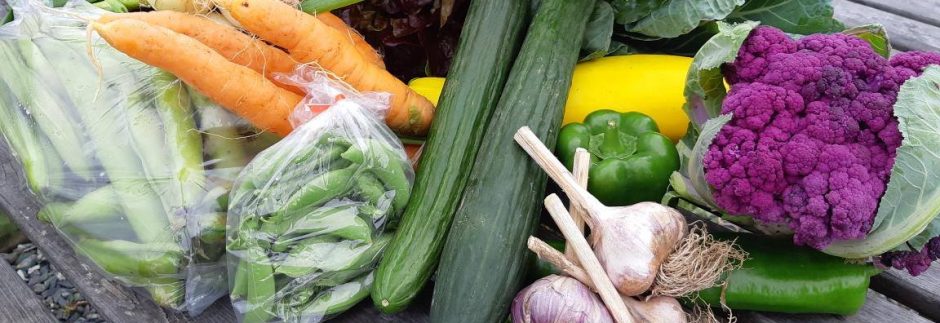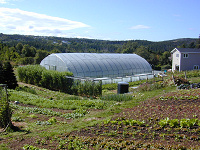Adapted from West Coast Seeds e-newsletter.
Starting an indoor herb garden doesn’t require a lot of space. Whether you live in an apartment or condo, as long as you have a sunny room and the drainable pots, you’re well on your way to grow your own herbs indoors.
Indoor gardens are in many ways much simpler and easy to control due to lack of uncontrollable factors that may inhibit or contribute to your success.
Light is central to the process of photosynthesis. Proteins inside the tissues of plants contain chlorophyll, which uses light energy to turn carbon dioxide from the atmosphere into organic compounds, including sugars. Providing your herbs are able to get six hours of direct sunlight daily, your indoor herb garden has great potential to flourish.
5 Must-Grow Herbs
BASIL
There are basil seeds for pungent pesto, colourful garnishes, and spicy international dishes. The plant owes its aromatic and variable nature to a complex combination of chemicals, expressed uniquely in each variety. Many of the components that distinguish the different varieties of basil are also found in the foods they resemble. For instance, the clove-scented basils contain higher proportions of a chemical called eugenol, which is also found in cloves. Lemon basil contains significant quantities of citral, which gives lemon peel its distinctive smell. Anethole is the chemical that gives basil its licorice-like aroma, and anethole is also found in anise, true licorice, and fennel. This game of scents demonstrates one aspect of plant chemistry in plain, easily observed terms.
CHIVES
Chives are perennial. They will grow in clumps, with small bulbs at the bases of each leaf set, and these bulbs are attached by a rhizomatous root that spreads very slowly, horizontally beneath the surface of the soil. Chives are hardy to Zone 3, but will die back in harsh winters, emerging in the spring. In south coastal B.C., they may be harvested all winter long in sheltered areas. Sow chive seeds at nearly at time of year.
CILANTRO
Plant cilantro seeds to harvest both a herb and spice. This annual herb is known officially as coriander just about everywhere outside of the Americas. We often think of the fresh leaves as cilantro, and the seeds (which are very easy to harvest) as coriander. Cilantro is the Spanish name for coriander. The plant is native to North Africa and Mediterranean Europe, and is a member of the carrot family, Apiaceae. Its close relatives include parsley, fennel, and dill, which is easy to see when the plant flowers, producing tall umbels of white flowers.
MINT
Mint brings a blast of fresh flavour to all our salads, drinks, and condiments. Plant mint seeds to grow a robust perennial that will produce a profusion of aromatic leaves. Mint thrives in a part shade location and spreads vigourously. To keep mint’s growth in check, it is best to plant it in a container and trim it regularly. Pinch sprigs of mint as needed or harvest bunches just before it flowers for maximum pungency. Make several harvests during the season and hang to dry for winter teas. Mint flowers are a magnet for bees.
PARSELY
Both the curly leaf form (Petroselinium crispum) and the Italian flat-leaf form (P. neapolitanum) of this useful herb are members of the carrot family Apiaceae, and share a close botanical relationship to their cousin the parsnip. Parsley seeds are useful for the patio herb garden, but provide a deep pot as the plants develop a long tap root.


